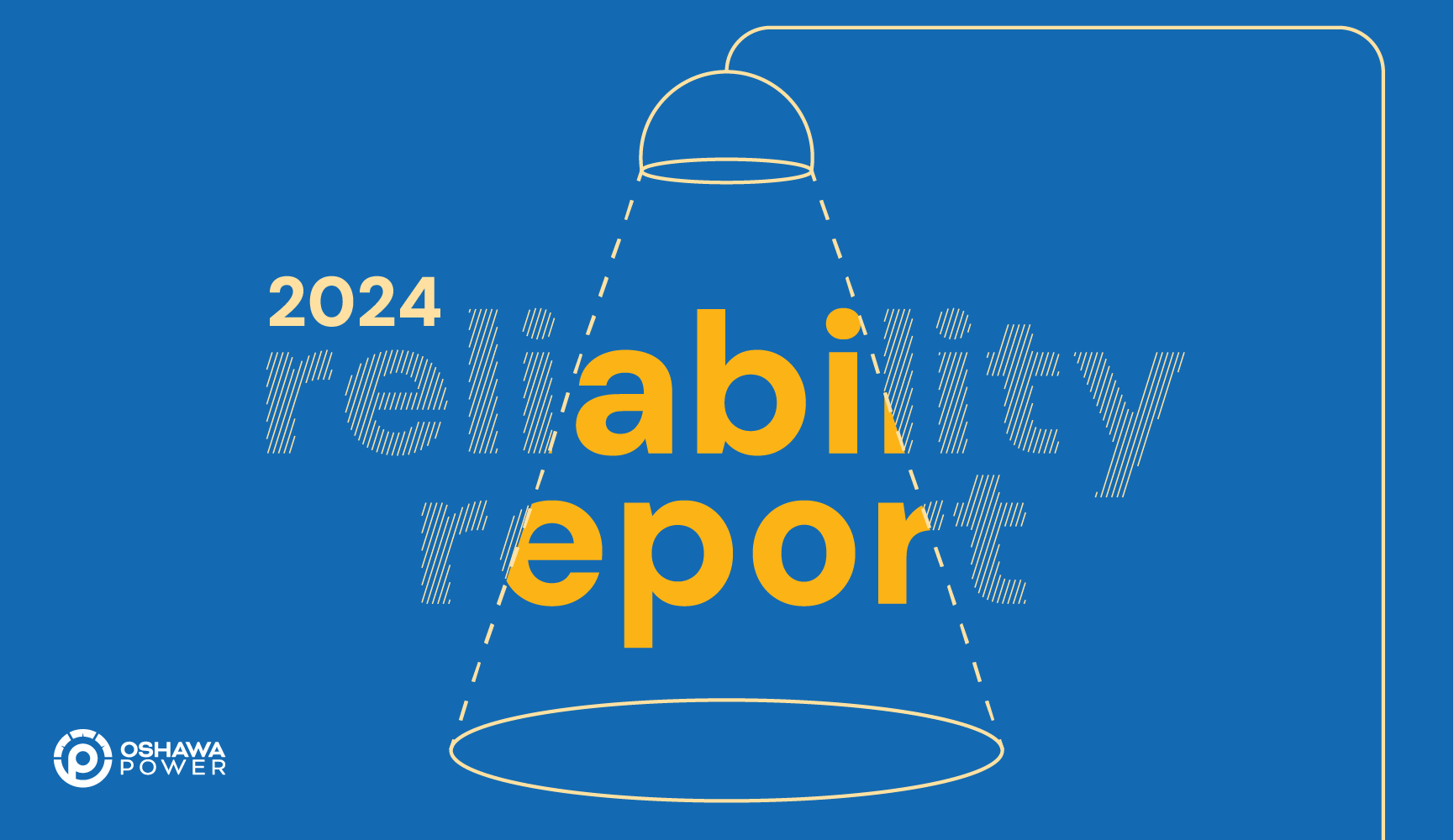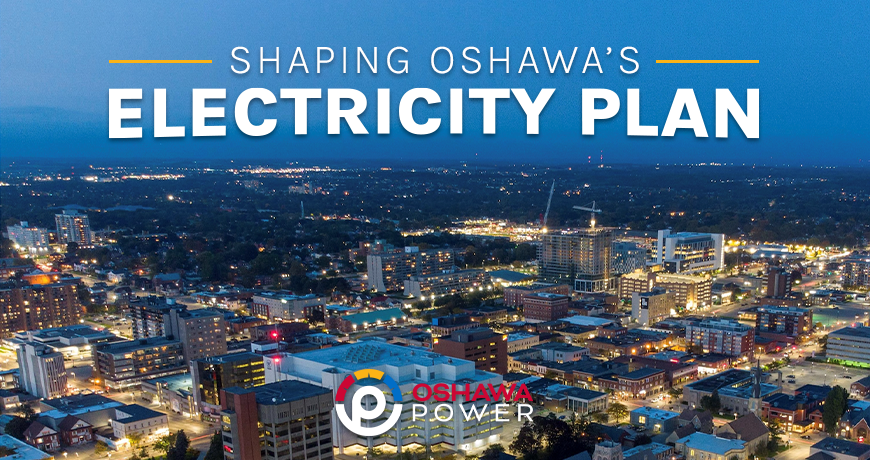Plug ‘N Drive CEO Cara Clairman sits down with Oshawa Power’s Ivano Labricciosa to talk about Ontario’s EV future.
According to IHS Markit reports, battery electric vehicle (BEV) sales increased more than 50% in Canada during Q1 of 2022, while the overall new vehicle market saw a nearly 10% decrease in sales volume. With the number of electric vehicles in Ontario surging, we set out to uncover why more and more Canadians are choosing to drive electric. From buying used EVs in Ontario to rising fuel prices and improving charging infrastructure, Oshawa Power President & CEO Ivano Labricciosa sat down with Ontario’s foremost EV expert, Cara Clairman, to understand the future of electric vehicles in Ontario.
Labricciosa and Clairman discuss Mobile Electric Vehicle Education (MEET) Trailer events across the country, and talk about how the Plug ‘N Drive team helps combat the myths surrounding EV ownership.
Ivano Labricciosa
Hey, the [MEET] trailer is here! We’re going to run it from July 21st to August 14th in Durham Region here. We’re happy to host it at Oshawa Power with Durham Region sponsoring it and you folks are here with four different makes and models.
From your perspective in running this roadshow, you know, this one came at the heels of you guys being out in New Brunswick! You’re right across Canada. What are you hearing? What are you guys hearing at these things? What are the most common questions you’re getting?
Cara Clairman
So people are still concerned about price. I mean, price has always been a factor and what we really have to help people understand is sort of that concept of pay now but save later, which not everyone can do, right?
I mean, the vehicles still are a little bit more expensive up front, but we know, especially with the current price of gas, that electricity is running at about one sixth the price of gas. So when the average consumer is paying almost $2 a liter, us EV drivers, we’re paying about the equivalent of $0.30 a liter. So over time you are going to save. It’s just a matter of doing some math. And honestly, what we have found is consumers don’t do math before they buy a car. That isn’t something they had typically thought about, so this is something that we have to still spend some time on.
Then, of course, just figuring out which vehicle is available, which vehicle suits their budget, and I would say the environmental benefits, of course, it’s a big plus, but it sort of comes after price and range. People are very happy to do something good for the environment, but it’s usually not the driving factor.
Labricciosa
Well, that’s an interesting point, and I love the way you characterized it. I mean, we’re all vehicle buyers, right? And certainly prices that, you know, the sticker on the window is the one sort of element. After you fall in love with the make and the model, you kind of look at the number, you go, “Well, what can I do to tweak that number?”
But certainly on the EV side, there’s some different pieces that factor into it. And certainly it’s not the acquisition price, but the total ownership cost, as they say in that world.
Clairman
Exactly, and we have this amazing tool on our website called Find Your EV Match and you can enter in your current vehicle, your gas car, every make and model is in there, no matter how old, and compare it to any EV on the market that you’re interested in and it will produce a graph for you of your monthly savings and you can see based on your own driving patterns when you’re going to hit that sweet spot where you’ve paid off any upfront higher price you might have paid and you’re sort of “in the money.”
Labricciosa
That’s a great tool.
Clairman
It’s really helpful to people because sometimes people just don’t believe it! That they’re going to save that much money. And those of us who drive EVs, we know it’s true, but it still takes some convincing.
Labricciosa
If you hang on to it for that breakeven point, you go, “Okay, from here on in, I’m saving money.”
Clairman
It’s basically driving for free!
Labricciosa
Yeah, exactly. I love that thinking.
Clairman
You have to remember too that the maintenance on these vehicles is extremely low. Now the oldest EV, as we were just talking about, is about 11 or 12 years old. The Nissan Leaf, maybe a Mitsubishi i-MiEV, so we don’t have tons of data.
What we are seeing based on the oldest cars is that the maintenance is so much less than a gas car based on the fact that there are so few moving parts. There’s just about 20 to 30 moving parts in an EV and about 2,000 in a gas car. So that’s just what breaks and we’re seeing extremely low maintenance costs and that doesn’t even get factored into the savings most of the time.
Labricciosa
Hey, as an electrical engineer it makes me really proud to say, “Hey, we got it in 30.” The moving parts, you know, versus the mechanical engineers for the ICEs.
Clairman
It’s a bargain! I like to tell a little anecdote; I bought a 2011 Nissan Leaf. I was one of those first Leaf buyers and I owned it for seven years before I sold it and upgraded to a bigger battery car. And those first six years, I changed my wiper blades. That was it!
Transcript edited for clarity. Full conversation available on YouTube.














